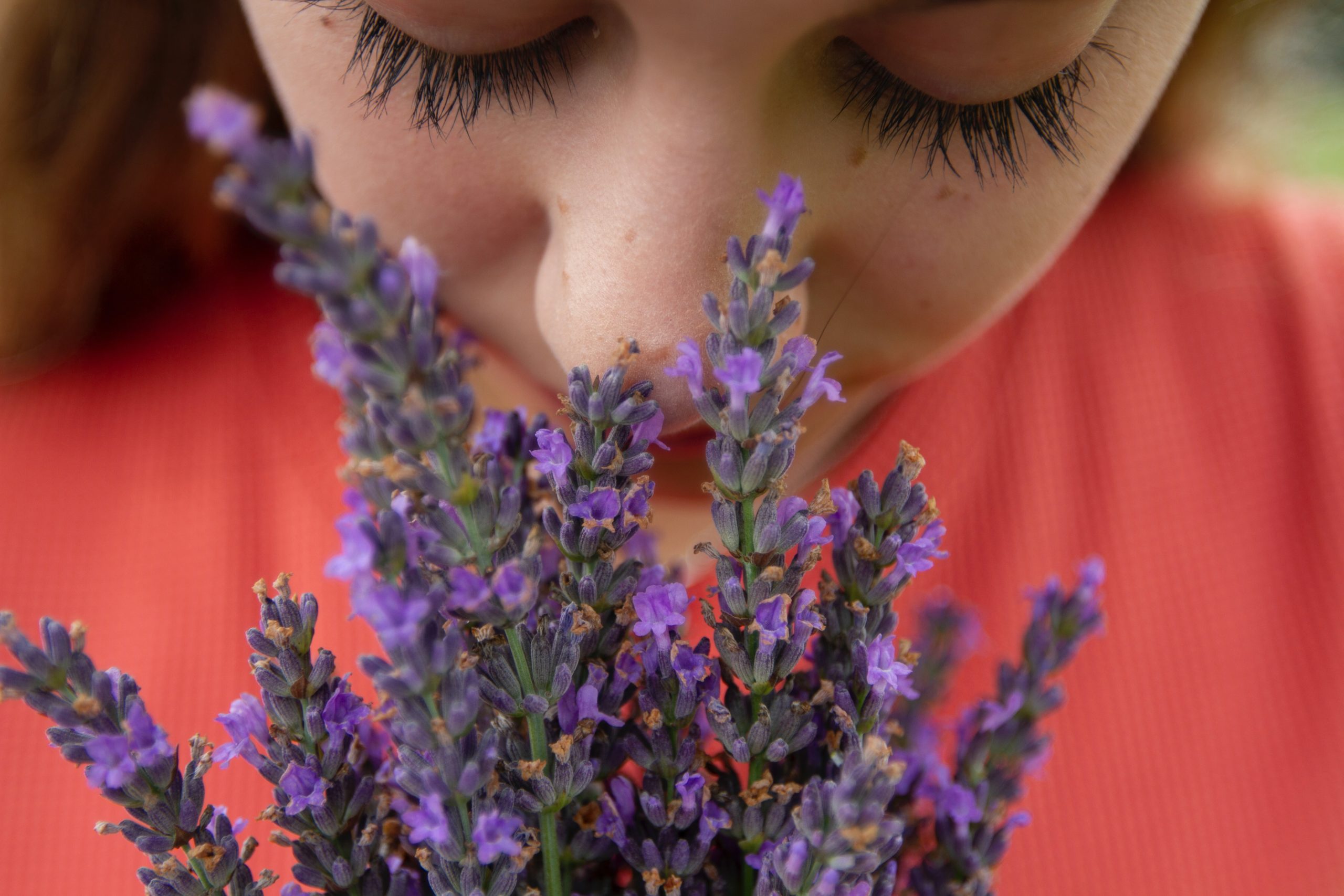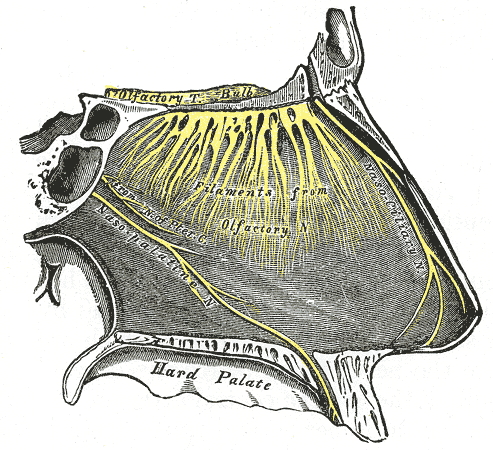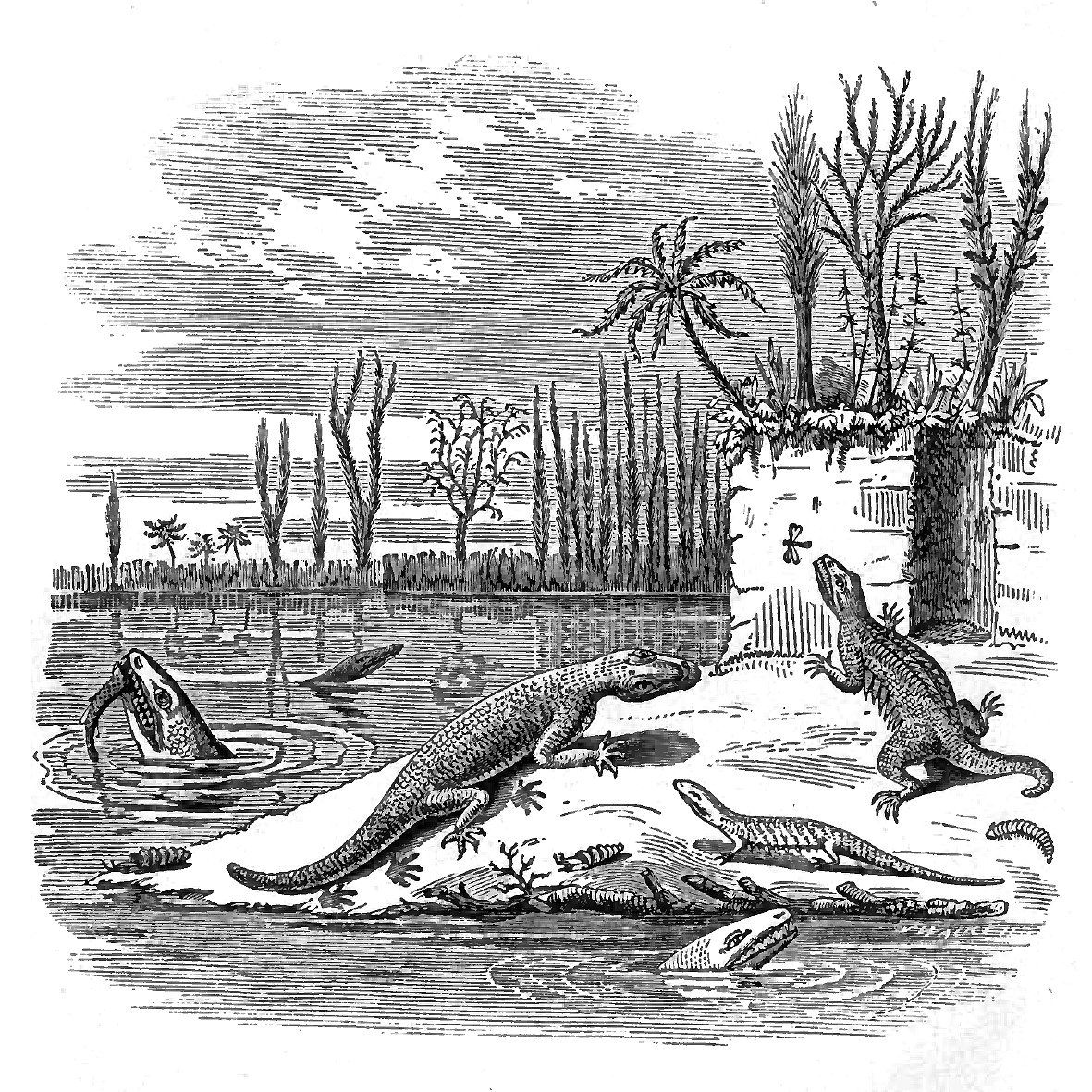Welcome to a journey through the 13 cranial nerves! This journey is designed to create balance between the sensory and motor functions of your nervous system.
You can find the playlist on my YouTube channel, and I’ll keep adding one new video per month. This month I am sharing content about the first cranial, or olfactory nerve.
You know how it is when you get all jacked up in hyper-activity mode, your nervous system is flooded with energy, and it’s literally impossible to stop “doing?” For instance, when you really get deep into something at work and feel it’s not possible to stop until you finish the project…and then you realize that’s going to mean working until midnight, but you can’t seem to stop or let go of your goal.
Or you get into an argument at a party and can’t seem to stop and breath? Your mouth just seems to keep talking, even though in your heart you want to hear what the other person might have to say.
Once I turn on my active side, I sometimes struggle find a way back down into calm receptivity. It’s like I know how to breath in and speak, but I’ve forgotten how to breath out and listen.
I personally have to have something concrete and clear that I can focus on to bring me back to a more balance, receptive state.
Maybe that’s why I love journeying through the cranial nerves so much. It has become a form of walking or sitting meditation for me. It also gives me an excuse to share with you how I’m choosing to structure the journey – the Embodied Learning Systems way.
Embodied learning (which I demonstrate in the above video) involves three kinds of inquiry:
1) Cognitive
2) Visual
3) Kinesthetic/sensory
4) Emotional
You can learn from books, you can learn from images, but when it comes to learning about “the body” I think it’s incomplete until you access the non-verbal intelligence of your specific, particular body. The part you are learning about already knows itself, basically, since it is part of you. If you use it to investigate itself, deep mysteries unfold!
Keep that in mind as we explore the first cranial nerve, which supplies your sense of smell.
The first three cranial nerves are all purely sensory, meaning that these receptive organs and nerves evolved first, and motor functions developed sequentially afterwards. This seems logical to me. If you don’t know where you are or what’s going on, why move? Yet, we often rush into activity without being aware of our surroundings, or we just assume that we know those surroundings and stop paying attention to them.
The motor activity of breathing necessary for smell, however, is way further down in the sequence of cranial and spinal nerves. Your nose does have erectile (yup!) tissue in it that expands and contracts according to need, but that is not a function of a motor nerve, it’s a function of the tissue itself. Your diaphragm is the primary muscle of breathing and its motion is activated by the phrenic nerve with roots in the 3rd, 4th, and 5th cervical nerves. This muscle/organ of lungs and diaphragm evolved much later than your sense of smell!
Air passes over the sense organ (with it’s 400 different receptors just waiting to be touched by interesting chemicals in the air) even when we breath very quietly. I experimented a lot this week and am delighted to discover that I smell just as much detail and nuance if I breath quietly, with small shallow breaths. I don’t have to “take a deep breath” or sniff/pant to perceive scent – in fact, when I do exaggerate my breathing that way, I smell less.
The takeaway is:
1) Simply tuning into your sense of smell is a great way to slow down and rebalance your nervous system.
2) Breathing quietly makes accessing smell easier. Lots of us are working too hard to breath. This small over-efforting, compared to bigger issues in our lives, might not seem like that big a deal…but it is if you consider the fact that the average person breathes over 20,000 times a day!
If you want to explore deeply how each cranial nerve affects your overall physicality, orientation, balance and coordination, check out my Cranial Nerve Sequencing offer.





